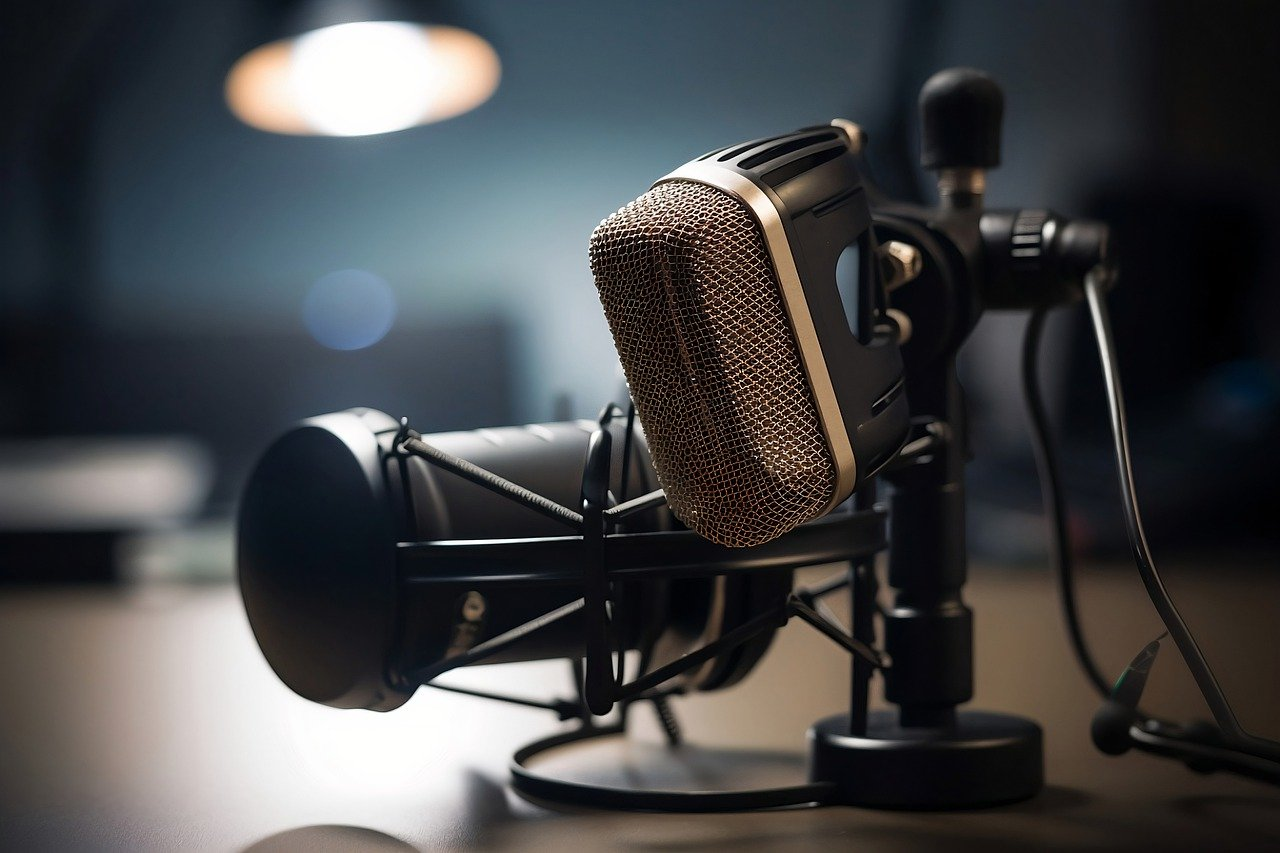How to Use Soundproofing Foam to Reduce Noise (For Music Lovers)
How to Use Soundproofing Foam to Reduce Noise (For Music Lovers)
If you're a musician, audiophile, or home studio owner, reducing unwanted noise is crucial for better sound quality. Soundproofing foam (acoustic foam) can help minimize echoes, block external noise, and improve your listening environment. Here’s a step-by-step guide:
1. Identify the Noise Source
Before applying foam, determine where the noise comes from:
-
External noise (traffic, neighbors, street sounds).
-
Internal noise (room reflections, speaker/amp vibrations).
-
Structural noise (bass frequencies traveling through walls/floors).
2. Choose the Right Soundproofing Material
Not all foams are the same—pick the best type for your needs:
Types of Acoustic Foam
-
Polyurethane Foam (Standard Acoustic Foam) – Absorbs mid/high frequencies (good for echo reduction).
-
Melamine Foam – More fire-resistant, used in studios.
-
Mass-Loaded Vinyl (MLV) – Blocks low-frequency noise (e.g., bass).
-
Fiberglass/Rockwool – Best for wall/ceiling insulation (higher density).
Key Factors to Consider
-
Thickness (5–10 cm for walls, thicker for bass traps).
-
Density (Higher density = better noise blocking).
-
NRC (Noise Reduction Coefficient) – Look for NRC ≥ 0.8 for good absorption.
3. Apply Soundproofing Foam to Key Areas
A. Walls (For Echo & Sound Leakage)
-
Step 1: Clean the wall surface.
-
Step 2: Use adhesive spray or double-sided tape to attach foam panels.
-
Step 3: Cover at least 50–70% of the wall for best results.
-
Pro Tip: Place foam at reflection points (where sound bounces most).
B. Doors & Windows (For External Noise)
-
Doors:
-
Add weatherstripping tape around the frame.
-
Hang a heavy soundproof curtain.
-
Install a door sweep to block gaps.
-
-
Windows:
-
Use double-pane glass or window inserts.
-
Apply acoustic sealant around edges.
-
C. Floor & Ceiling (For Bass & Footstep Noise)
-
Floor:
-
Lay thick rugs/carpet with padding.
-
Install mass-loaded vinyl (MLV) under flooring.
-
-
Ceiling:
-
Add drop ceiling tiles with insulation.
-
Use bass traps in corners (for low frequencies).
-
D. Gaps & Small Openings
-
Seal cracks around outlets, vents, and pipes with acoustic caulk.
-
Use expanding foam for larger gaps.
4. Optimize Room Acoustics (Beyond Just Foam)
-
Diffusion vs. Absorption:
-
Absorption (Foam) – Reduces echoes.
-
Diffusion (Wooden Panels) – Scatters sound for a balanced feel.
-
-
Bass Traps – Place in corners to control low-end buildup.
-
Speaker Placement – Keep away from walls to reduce reflections.
5. Test Your Soundproofing
-
Use a dB meter app (e.g., Decibel X) to measure noise reduction.
-
Clap or play music to check for echoes.
-
Adjust foam placement if needed.
6. Extra Tips for Better Results
✅ Combine foam with heavy materials (e.g., MLV + foam for walls).
✅ DIY Bass Traps – Use rockwool insulation in corners.
✅ Vibration Pads – Place under speakers/amps to reduce floor noise.
⚠ Avoid over-soundproofing – Too much foam can make a room sound "dead."







